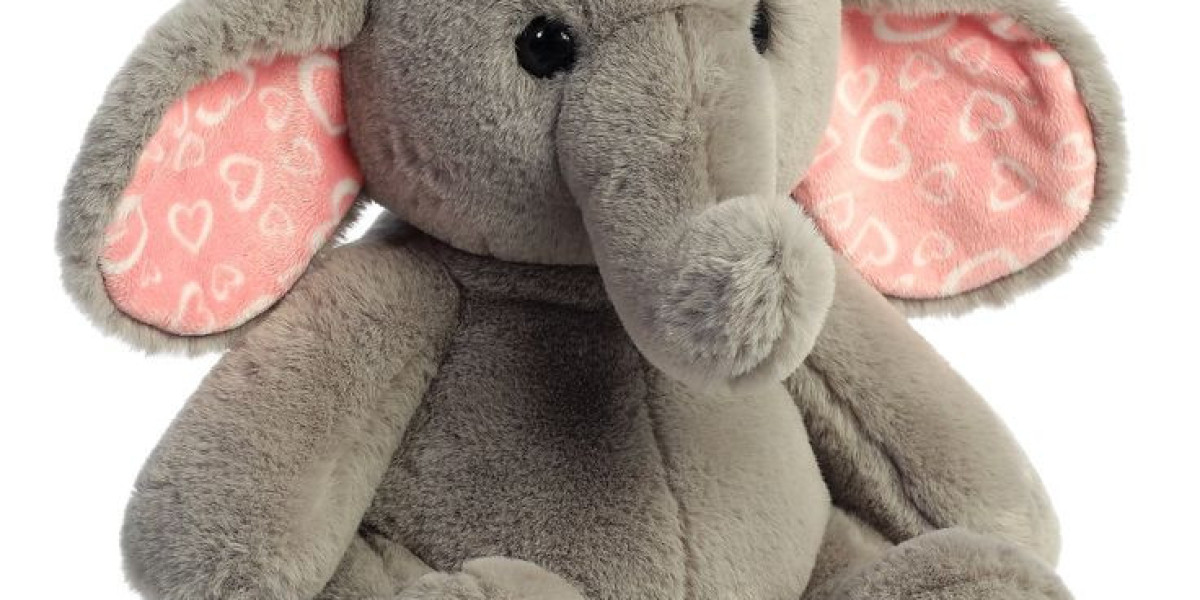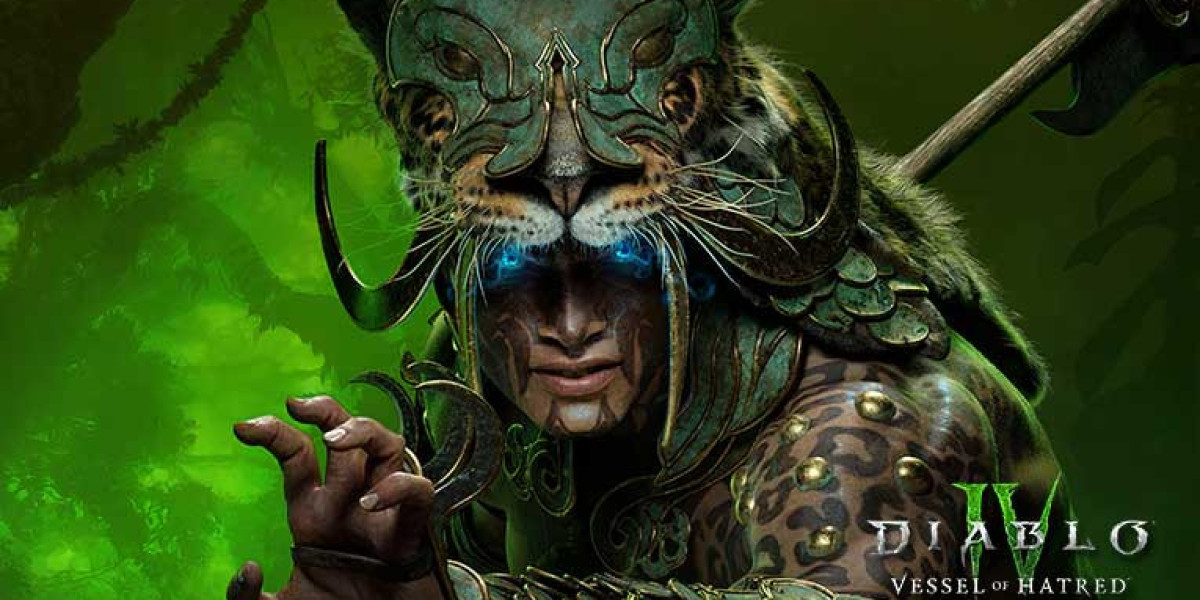elephant toys have long captured the hearts and imaginations of children and adults alike, becoming a staple in toy collections across cultures. These adorable and often intricate representations of one of the largest land animals hold a special significance, symbolizing strength, wisdom, and playfulness. In this comprehensive exploration of elephant toys, we'll dive into the reasons behind their popularity, the various types and materials used, their role in child development, and their cultural significance across the globe.
The Endearing Appeal of Elephant Toys
Elephants are one of the most beloved animals, known for their immense size, intelligence, and gentle nature. This combination makes them a perfect subject for toys that offer both comfort and learning opportunities for children. From soft plush elephants that serve as nighttime companions to more realistic or wooden models used in educational settings, elephant toys are as versatile as they are beloved.
Why Elephants?
- Size and Majesty: The sheer size of real elephants contrasts with their often delicate and small toy forms, creating an interesting juxtaposition that appeals to both children and collectors. They represent a sense of power and grandeur in a form that’s non-threatening when translated into toy form.
- Symbolism: Elephants are revered in many cultures as symbols of wisdom, loyalty, strength, and good luck. The association with positive traits makes elephant toys more than just playthings – they often carry symbolic significance in various traditions.
- Emotional Connection: Elephants are known for their emotional intelligence, particularly their ability to form deep familial bonds. Elephant toys can inspire these same feelings of attachment and comfort in children, making them a preferred choice for toys that children can cuddle, talk to, and even rely on as a source of security during tough times.
The Evolution of Elephant Toys: From Ancient Times to Modern Day
The concept of toy elephants isn't a modern invention. Throughout history, elephants have been depicted in toys and figurines across cultures and eras. Understanding this evolution helps in appreciating the diversity of elephant toys available today.
1. Early Civilizations
Toy elephants have been found in archaeological digs dating back thousands of years, with early examples carved from wood, stone, or ivory. In ancient India, elephants were revered as sacred animals, and small carvings or figurines often took the form of elephants as symbols of power and protection. Similarly, in African and Asian cultures, early toys and statues were often inspired by elephants, representing wisdom and strength.
2. The Victorian Era
The Victorian era in the 19th century saw a rise in the production of elephant toys, particularly in Europe. These were often made of wood or cast iron, with some even featuring moving parts. Elephants became part of the animal-themed toy collections popular during this time, reflecting the fascination with exotic animals brought back from colonies and expeditions. Many were designed for educational purposes, to teach children about distant lands and wildlife.
3. 20th Century and Mass Production
With the advent of industrialization and mass production techniques in the 20th century, elephant toys became more accessible. Plastic, rubber, and fabric materials allowed for cheaper and more durable toys, making elephant toys a common presence in homes worldwide. The introduction of iconic brands like Steiff and Disney's "Dumbo" in 1941 further cemented the popularity of elephant toys in popular culture.
4. Contemporary Elephant Toys
Today, elephant toys range from simple stuffed animals to high-tech interactive figures. Companies like Fisher-Price, LEGO, and Schleich produce a wide range of elephant toys that not only serve as playthings but also as educational tools. Some modern toys feature advanced technology like sound sensors, movement capabilities, and interactive learning modes.
Types of Elephant Toys
The variety of elephant toys available today can be overwhelming. Below are some of the most common types, categorized by materials and functionality:
1. Plush and Stuffed Elephant Toys Soft, cuddly, and perfect for children of all ages, plush elephants are perhaps the most popular type of elephant toy. They come in various sizes, from pocket-sized to oversized, and are made from materials like cotton, polyester, and fleece. These toys often serve as comfort items for toddlers and young children, and many come with added features like music, lights, or even lavender scents for soothing bedtime routines.
2. Wooden Elephant Toys Wooden elephant toys are often simple in design but are incredibly durable and offer a more tactile experience for children. They are popular in Montessori and Waldorf education settings, where they serve as open-ended toys that encourage imaginative play. These toys often come in natural wood finishes or are painted in bright, non-toxic colors.
3. Plastic and Vinyl Elephant Toys Elephant toys made from plastic or vinyl are common in playsets, particularly those aimed at younger children. Brands like Playmobil and LEGO often include elephant figures in their animal-themed sets. These toys are often more detailed and realistic in appearance, making them excellent for educational purposes. Plastic elephant toys also find their way into bath-time play, with many made to float or squirt water.
4. Educational and Interactive Elephant Toys Interactive elephant toys, such as those made by brands like VTech or LeapFrog, are designed to stimulate cognitive development in children. These toys often feature buttons, lights, and sounds that teach basic concepts like numbers, colors, and shapes. Some even include touch-sensitive features where children can "pet" the elephant to hear it "trumpet" or respond with phrases. These toys bridge the gap between entertainment and education, making learning fun.
5. Collectible Elephant Figurines Not all elephant toys are meant for rough-and-tumble play. Some are highly detailed collectible figurines, often made of resin, porcelain, or ceramic. These toys are more decorative in nature, appealing to adults who collect animal-themed items or are interested in the symbolic meanings of elephants in different cultures. Brands like Schleich produce realistic animal figurines, including elephants, that are sought after by both children and adult collectors.
Role in Child Development
Elephant toys play a significant role in a child's developmental stages, contributing to emotional, cognitive, and motor development. They are not just objects of affection or play but also serve as tools for growth.
1. Emotional Development Plush elephant toys often become a child's first "friend," offering a source of comfort, security, and emotional attachment. Children frequently project their emotions onto these toys, which can help them process feelings of fear, sadness, or joy. The comforting presence of an elephant toy can ease separation anxiety or bedtime struggles, creating a sense of stability.
2. Cognitive Development Interactive elephant toys, as well as those used in playsets, can significantly enhance cognitive skills. Through imaginative play, children develop their storytelling abilities, problem-solving skills, and understanding of cause and effect. For example, using elephant figurines in pretend play scenarios can teach children about the animal's habitat, diet, and behaviors, fostering a deeper understanding of the natural world.
3. Motor Skills Handling elephant toys of various shapes and sizes can help young children develop their fine motor skills. Whether it’s grasping a plush elephant or building a playset that includes an elephant figure, these toys require different levels of dexterity. Wooden elephant toys that encourage stacking or pulling can help with hand-eye coordination and spatial awareness.
Cultural and Symbolic Significance of Elephant Toys
Elephants hold special significance in various cultures, and their symbolism often translates into how they are represented in toys.
1. India In India, elephants are associated with the Hindu deity Ganesha, who is revered as the remover of obstacles and the god of beginnings and wisdom. Elephant toys in India are often seen during festivals and religious celebrations, such as Diwali, where they may be part of traditional decorations or used as symbolic gifts.
2. Thailand Elephants in Thailand are considered national symbols and are revered for their strength and importance in Thai history and culture. Elephant toys in Thailand often depict these animals in a majestic, decorated fashion, reflecting their status as royal and sacred creatures. Wooden or ceramic elephant toys are often given as gifts to symbolize good luck.
3. Africa In African cultures, elephants are seen as symbols of strength and community. Elephant toys are often handcrafted by artisans using natural materials like wood or beads. These toys serve as both playthings for children and decorative items for adults. In some African societies, elephants represent leadership, and their imagery is used in ceremonies and storytelling traditions.
Elephant Toys in Popular Culture
Elephants are not just popular in the toy market but have also made numerous appearances in literature, movies, and television, further boosting their presence as iconic figures in children’s lives.
1. Disney's Dumbo One of the most famous elephants in popular culture is Disney's Dumbo. Released in 1941, the story of a small elephant with oversized ears who learns to fly touched the hearts of millions. The movie's success led to a wide range of Dumbo-themed toys, including plush animals, figurines, and even board games. Dumbo remains a beloved character, especially among younger audiences.
2. Babar the Elephant The "Babar the Elephant" series of children's books, first published in 1931, features an anthropomorphic elephant who becomes king of the elephant kingdom. Babar toys and merchandise have been popular for decades, and the stories teach lessons of morality, kindness, and leadership, making them a cherished part of many childhoods.
The Future of Elephant Toys
As the toy industry continues to evolve, elephant toys are likely to adapt to new technologies and educational philosophies. The growing trend towards eco-friendly toys made from sustainable materials is already influencing how elephant toys are designed and produced. Additionally, the increasing demand for toys that promote emotional intelligence, social skills, and inclusivity could lead to even more innovative takes on this classic toy.
Our product list:
Conclusion
Elephant toys have transcended their status as simple playthings








